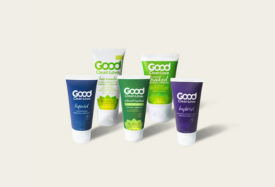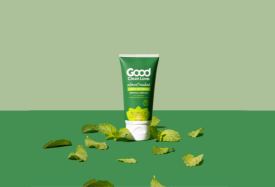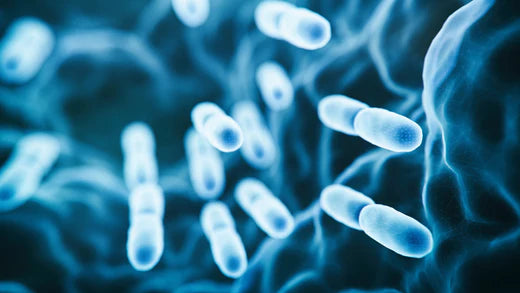
 “The chemist who can extract from his heart’s elements compassion, respect, longing, patience, regret, surprise and forgiveness and compound them into one can create that atom which is called love.” – Kahlil Gibran
“The chemist who can extract from his heart’s elements compassion, respect, longing, patience, regret, surprise and forgiveness and compound them into one can create that atom which is called love.” – Kahlil Gibran
This last week has been punctuated by an emotional injury that feels like a pinched nerve between my neck and back. It is odd that this unique but persistent pain still catches me off guard after all these years and the many times that it has revisited me on the trips back to my dysfunctional family, or at other moments when I feared losing myself. Over the years, I have gotten to know this particular pain body intimately and am learning how to speak its language, which mostly only wants me to be quiet and listen. It opens up with my tears and softens with a slow chanting prayer. The story of childhood trauma that lodged there might be its trigger, but the wisdom of what that pain body has to teach reaches far beyond what happened years ago. The body is at once the container for unresolved emotions and the vehicle for transmuting them into wisdom.
Our bodies do not lie; they record precisely and then store the information, waiting for us to pay attention. If we don’t pay attention, what is recorded hardens in us and turns into disease of one kind or another. This hardening action is an easy habit to create and a difficult one to break because it impacts the heart, mind and body in equal proportion. This is how we come to perceive ourselves as solid matter, this is how tension solidifies into a limited range of motion, and this is how a fleeting idea cements into intractable perceptions. We lose touch of the fluid and spacious beings we are, and when we think of our childhood bodies that moved so effortlessly it seems more like imagination than memory. This hardening action offers the most accurate understanding of the aging process, too. It is easy to stop moving the painful places in the body, believing that this motionless space will heal. Quite to the contrary, the less we move the painful places, the more intractable the pain becomes. Maintaining exercise routines when we are in pain is how you learn to live peaceably with weakness and teaches our heart how strong we are, especially when we are wounded.
It is counterintuitive, but the truth is that when we embrace our pain in the immediate and visceral full body experience, we short circuit the ruminating mental suffering that our pain body can too easily evolve into. This is most visible within our emotional pain body, which for many people is way more terrifying than the pain of extreme sports gone wrong. What is most frightening in life are the things that we don’t have the language to describe and to identify our experience. When our emotional intelligence is limited in language, moving into the pain is all the more overwhelming because the nameless places become a black hole that we expect will consume us. This is why we literally get frozen in time when our heart breaks… We resort to telling and re-telling a story about the pain, which cements it into our emotional history and our body.
All the ways that we break down, whether physical, emotional or mental are contained in this amazing temple called our body. I have always believed that it is really only in these challenging moments in life that we glimpse our true character. This is when our declared values about who we are and how we want to live become tested. For instance, it is easy to claim to be patient, but can we be patient with ourselves when our body hurts, when our heart feels broken beyond repair? This is the moment that the Buddhists call Bodhichitta, the soft undefended space in our body, which provides the access to compassion that unites all of us, that ties us together in our pain.
In my experience the broken places in our body are the treasure troves of our life’s work that deserve our gratitude. Usually we reserve gratitude for the things we love, but when you have the courage to offer a small slice of your grateful attention to the most painful places, you welcome them back into yourself and become more whole. Gratitude for our broken places always translates into more courage, more patience and more humor, too. Gratitude is most powerful when it lightens our load and transmutes our pain into compassion.














